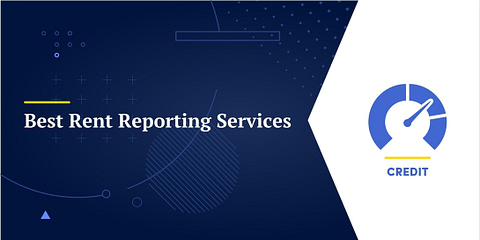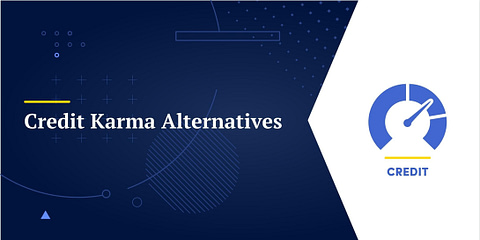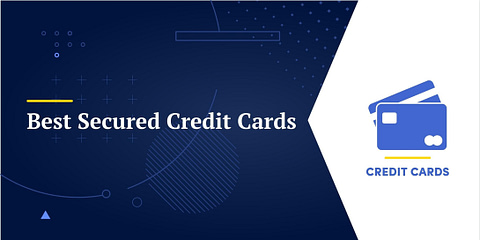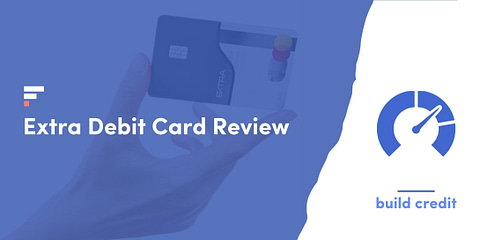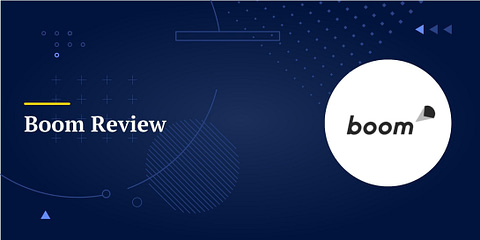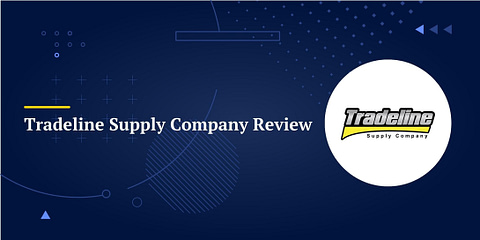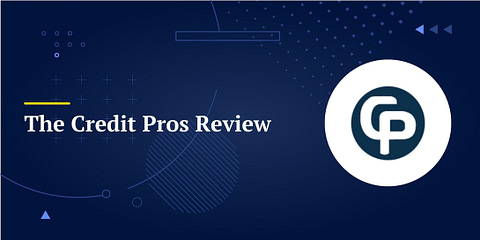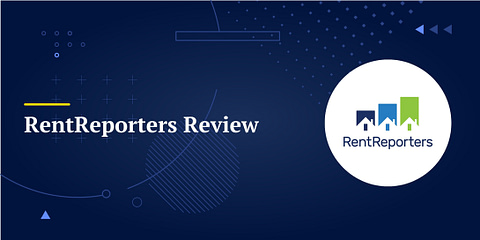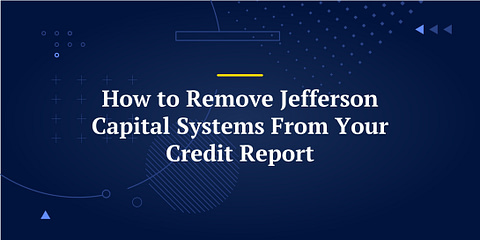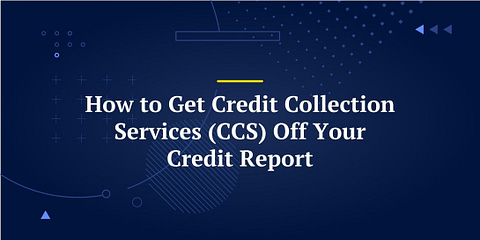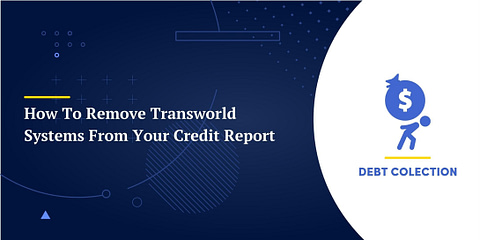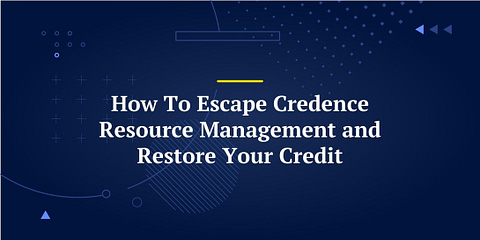Monitoring your credit limit is an important part of financial planning. It will affect how much you spend per month, how often you make payments toward your debt, and what credit accounts you use to make your purchases.
⚠️ If you’re not actively tracking your debt balances in relation to your credit limit, you could incur unnecessary expenses or cause damage to your credit score.
Here’s what you should know to prevent these things from happening.
What Is a Credit Limit?
Your credit limit is the maximum balance you can have on revolving debt like credit cards and lines of credit. It can refer to the maximum balance for each of your accounts or all of them combined.
Your credit limit has significant implications for your fundamental financial processes like budgeting, saving money, and paying bills.
👉 For example: If you owe $900 on a card with a credit limit of $1,000, you’ll have to pay the balance down before you can use the account to buy your next $200 batch of groceries.
Available Credit vs. Credit Limit
Your available credit and credit limit are similar concepts, and it’s easy to confuse them. Here’s how they differ.
Your credit limit is the maximum amount you can borrow on a credit account at any given time. It’s generally a fixed amount, and your lender should notify you if there’s any change to it.
Your available credit is the amount of borrowing power you have left until you reach your credit limit. It will increase when you pay off debt and decrease the more you use.
👉 For example: Say that you owe $800 on a card with a $1,500 limit. Your available credit would be $700 since you can spend that much more before hitting the maximum balance on the card.
How Is Your Credit Limit Determined?
Your lender will assess your creditworthiness before deciding whether to issue you a card and how much they are willing to let you borrow. They’ll consider the same factors to make both decisions. This process is called underwriting.
First, they’ll pull your credit report and calculate your credit score. Most credit cards target a specific credit profile. For example, they might be for people with:
- No credit
- Fair to good credit
- Very Good to Excellent credit
If your score is at the low end of the card’s approval range, you may get a low limit. If your score is toward the high end of the card’s target credit range, the lender will be more likely to give you the maximum available for that card.
👉 Cards aimed at people with lower credit scores generally have lower maximum credit limits.
Lenders will also consider other factors like your income, cash reserves, employment stability, and more. Generally, a stronger financial position will encourage your lender to give you a higher limit.
If you barely meet a lender’s requirements, they may give you the account but with a low credit limit. If you pass with flying colors, they’ll approve you for a higher limit to encourage you to use the account.
⚠️ Lenders may also be more or less willing to extend high credit limits due to macroeconomic factors or their own financial condition. You might run into stricter lending standards if interest rates or lender liquidity is low.
How Much of Your Credit Limit Should You Use?
While your lender will let you borrow up to 100% of your credit limit, they won’t be happy if you use that much. Using too much of your credit limit is a warning sign to creditors, and it will likely damage your credit score.
Your outstanding debt balances give a lot of insight into your borrowing habits when you compare them to your total credit limit.
The metric lenders use to assess your use of credit is the credit utilization ratio. To calculate it for yourself, divide your outstanding debt balances by your total credit limit.
👉 For example:
Say you owe $800 on a credit card and $1,500 on a personal line of credit. The accounts have credit limits of $2,000 and $3,000, respectively.
Your credit utilization ratio would be 40% for the card, 50% on the line of credit, and 46% in total.
You’ll often hear that you should keep your credit utilization below 30%, but lower is always better. Your score will see the most benefits if you can keep it between 1% and 10%.
While a 0% credit utilization ratio is better than one above 30%, you risk creditors thinking you’re not using the account, which isn’t optimal.
⚠️ Keeping your credit utilization below 10% doesn’t mean you can only ever use 10% of your borrowing power. Just make payments to keep your balance below 10% on the day your lender reports to the credit bureaus. That’s usually on your statement date, the last day in the billing period.
Can You Go Over Your Credit Limit?
If you’re wondering what happens if you try to spend more than your limit, the chances are that your purchase will simply be declined. That can put you in a tough spot if it’s a necessary expense and you have no other recourse.
However, it might be the best outcome you could reasonably hope for because the alternatives are even less desirable.
For example, your lender might automatically consider your credit account to be in default. That can significantly damage your credit score and even cause the lender to increase your interest rate or monthly payment.
They could also charge you an over-the-limit fee, similar to an overdraft fee. However, the Credit Card Act of 2009 requires lenders to let you opt-in or out of these. If you haven’t, your transaction won’t go through, and they won’t be able to charge you.
What Is the Average Credit Limit?
It’s tough to compare your credit limit to that of the entire consumer population because the average varies considerably when you account for factors like age, income, and location.
For example, take a look at the average figures by age for each generation below[1].
| Generation | Credit Limit |
|---|---|
| Generation Z (Age 18 to 22) | $8,062 |
| Millennials (Age 23 to 38) | $20,647 |
| Generation X (Age 39 to 54) | $33,357 |
| Baby Boomers (Age 55 to 73) | $39,919 |
| Silent Generation (Age 74 and up) | $32,338 |
As you can tell, there’s a significant discrepancy between each group. The difference between the generation with the highest credit limit (Baby Boomers) and the lowest (Gen Z) is a whopping $31,857.
Your credit limit tends to correlate directly with your age, though there is a slight reversal among the most elderly.
There is a similar effect when you examine the typical credit limit by location. For example, New Jersey has the highest average in the United States at $37,845, while Mississippi has the lowest at $21,676. That’s a difference of $16,169.
Bottom line, don’t worry too much about how your credit limit compares to your peers. If you’re struggling to stay within your credit limit despite budgeting efficiently, it might be worth checking to see if you have room for an increase. Otherwise, it shouldn’t matter much.
What Causes Changes to Your Credit Limit?
While your credit limit is fixed at any given time, it will change over time depending on how you use your credit. If you’re responsible, your lender will usually reward you with a higher credit limit.
The increase will usually happen automatically, but you can also request an increase if you feel like you’re demonstrably more creditworthy than you were when you opened an account.
👉 For example: I got my first credit account ever just after graduating college. It was a secured credit card with a $500 credit limit.
After a year and a half, I really wanted my $500 deposit back, so I contacted my bank and asked if they would roll the card into an unsecured account now that my credit score had increased.
Not only did they accept, but they also increased my credit limit to $1,000.
How To Avoid Credit Limit Reduction
Just as responsible use of your revolving credit will cause your credit limit to improve over time, making mistakes may cause your lender to lower it.
To avoid credit limit reduction, follow the best practices for using credit cards wisely. That includes making payments on time and in full, as well as keeping your credit utilization low.
💡 Your credit card issuer probably calculates credit utilization on the last day of your billing period, but not necessarily. Make sure you know when it happens so you can control the balance they report to the credit bureaus.
Your lender can also decide to lower credit limits for a group of borrowers in response to less favorable economic conditions or a loss of liquidity. If your credit limit decreases without warning, make sure to reach out and ask why.
Monitor Your Credit Limit
Keep a close eye on your credit limit and use it to guide your spending and monthly payment habits. If you don’t know your limit already, you can find it pretty easily through your card issuer’s website.
Do your best to keep your credit utilization within the single digits toward the end of your billing period. Consider setting up an autopay toward the end of each month to prevent payments from slipping through and your balances from creeping up.
Learn More: The 15/3 credit card payment method can help you keep your credit utilization where you need it to be. Check out our guide to the strategy here: The 15/3 Credit Card Payment Hack: How, Why, and When It Works.

